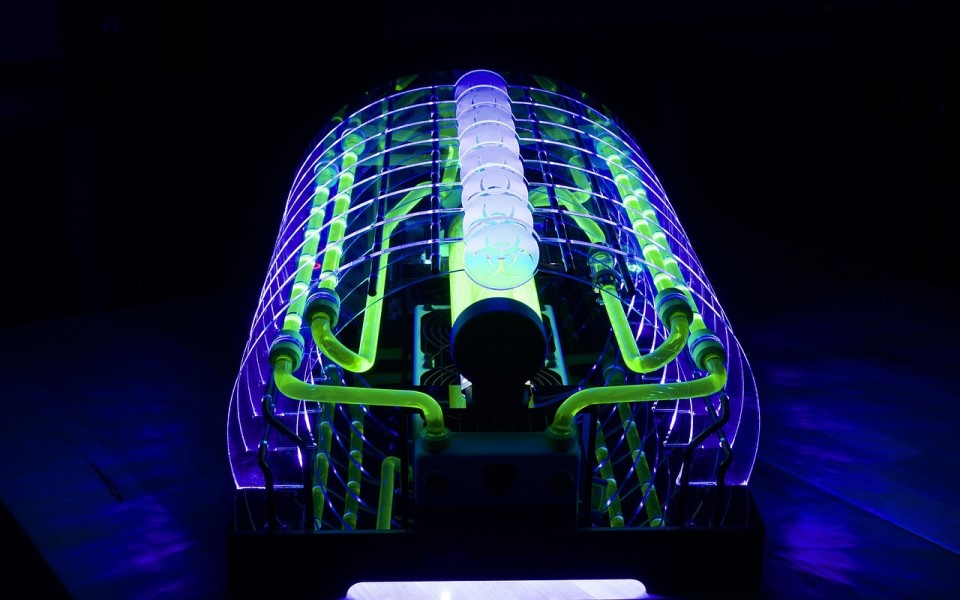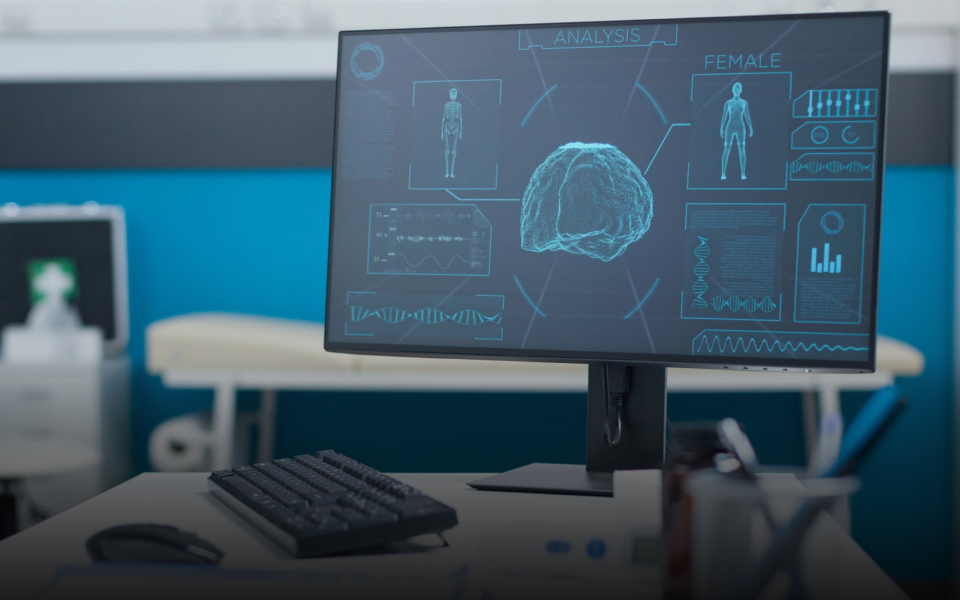When electric motorcycles are becoming more popular in the market, the rider starts to consider the range of these green machines. While standard motorcycles are quickly refueled within a few minutes, electric bikes remain powered by battery capacity and the optimum methods for expending power before getting to the intended destination without running out of battery. This has brought about what has come to be called range anxiety- the fact that the battery power of a car may not suffice to get to the nearest charging point. Nevertheless, given the growth of data science and analytics, range anxiety can be mitigated significantly to make electromotorcycle an even more viable solution for bike riders of any category.
The second aspect is understanding range anxiety in electro motorcycles, which merely means having a limited variety of options and depending on one choice between them.
Range anxiety is, therefore a practical concern as well as a perceived one. This paper reveals that in areas where there are charging stations to be found, riders get anxious knowing they might not be able to recharge within the time they have. Also worth mentioning is that batteries even though are improving at a very high rate still need to be improved in terms of energy density, weight, and cost. Reducing range apprehension is crucial for OEMs of electric motorcycles to increase rider confidence and eventually uptake of EMs.
To avoid these issues, companies are seeking help from data science. Analyzing data from the vehicle and its usage, the roads, and the behavior of the riders, they can better predict coverage and manage the range of these electric motorcycles to make journeys more efficient and less of a concern.
The Role of Data Science in Optimizing Range
Data science can transform electric motorcycle design and performance by optimizing energy consumption by integrating machine learning algorithms, predictive analytics, and real-time monitoring. Here are a few ways data science is making an impact:
1. Battery Management Wores and Predictive Maintenance
This has to do with a battery management system (BMS); general battery health is the determiner of range. Deep learning algorithms always run on parameters including battery temperature, charging cycles, voltage, and power draw. The predictive analytics can then highlight certain diseases that may arise later so manufacturers and riders can prevent situations that may get out of hand. For example, if a battery loses its capacity over time owing to wear and tear or improper charging techniques. In that case, data science models can forecast this degradation and inform users or get them to change their behavior or get a service.
All these give riders the best chance of getting the best out of their battery and juice in terms of distance covered, and therefore, the whimsical depletion of power is kept to a minimum. Some advanced BMS also incorporate artificial intelligence to make suggestions about when cars should charge to match the usage patterns of their owner to the range obtained from each charge.
2. Ideal Path and Dynamic Changes
They found out that the most significant aspect that determines the range in electric motorcycles is the route. Route-finding can also be an area in data science that can be harnessed to draw details about the terrain, traffic flow, or even the weather. For example, batteries get deactivated by hilly slopes or slow traffic whereas plain surfaces attain efficient and consistent battery energy.
Computer programs apply real-time information to recommend routes that use less power or lead the passenger to charging stations if the battery is almost drained. On electric motorbikes, there are existing display systems, which can reconfigure in real-time based on performance feedback, thus always ensuring that the rider has enough juice to get to the target location.
3. Rider Behavior Analytics
A rider’s behavior on an electric motorcycle significantly affects the range of that electric motorcycle. The proud, rapid acceleration, high speed, and frequent decelerations drain the car's battery. Since it is only a matter of time before these riding patterns can be learned by machines and the behavioral metrics of the riders are analyzed, manufacturers can then step in and give pointers on how the riders can become more efficient.
For example, based on behavior, acceleration, deceleration, and other related features, an AI can establish the ride's efficiency based on which one receives his or her riding efficiency. This score and suggestions for its enhancement can be obtained via smartphone applications and riders' onboard systems. This feedback loop promotes pro efficiency in rides, ensuring that each charge delivers more miles on an extended basis.
4. Predictive Range Modeling
Conventional range estimates have previously been calibrated in terms of theoretical test scenarios, thus being very far from actual experiences. Data science can narrow down range prediction errors due to a better understanding of a battery’s record card history, topology conditions, and riders’ behavior over time.
For example, an algorithm or machine learning model may learn to check the algorithm for the given current user, analyze its previous travels, and then decide on the range estimates based on the identified patterns. If a rider frequently comes across hills in his journey, the model might predict a slightly lesser range given the energy it would take. Such predictive models enhance the dynamism of the further distance that the riders can ride in one sitting, hence avoiding any early drain of the battery.
Enhancing the User Experience with Data-Driven Insights
Data science can also enhance the ease of use of electric motorcycles to make clients enjoy their rides fully. Smartphone apps on a rider’s phone or onboard systems can provide information in real-time that helps a rider address such decisions as routing, riding behavior, and charging.
For instance, some apps enable their riders to record data about their trip, such as energy use in certain routes, average velocity, and the impact of weather on the range. This data helps the rider make more informed choices over time and provides feedback to continue the reduction of range anxiety.
Furthermore, manufacturers can use this information to adjust the details of other subsequent electric motorcycles. Based on usage patterns, the battery can be advanced, the motor optimized, and the apps and systems the bike can be connected to can be made even more user-friendly and applicable to real-life use.
Case Studies: Data Science in Action
Several companies are already incorporating data science into their electric motorcycle designs to optimize range and reduce anxiety:
1. Zero Motorcycles: With the Battery Management Systems incorporating machine learning, Zero Motorcycles employs computer science to determine better range taking into account temperature, velocity, and route history, among others. Riders feel more confident during actual use because the system estimates updates according to the real situation.
2. Harley-Davidson LiveWire: Owners of Harley-Davidson’s LiveWire electric bike can use the smartphone app that shows the current battery charge level and range. The app reminds riders if they are out of range and where they can find charging stations, using geolocation information and intelligent algorithms to prevent range anxiety.
3. Damon Motors: Damon’s electric motorcycles are equipped with AI that helps to determine the range of the motorcycle by studying the movement of the rider and other conditions at the moment. It gets increasingly better at learning how and where to suggest and how and where to limit the use of a ride between two locations to maximize range.
Conclusion
Data science is a powerful tool in addressing range anxiety for electric motorcycles. Manufacturers enhance bike performance and boost user confidence by applying insights from battery management, route optimization, rider behavior, and predictive range modeling. As data-driven technology evolves, electric motorcycles become a more practical choice, supporting a greener future.



































Comment
Data science is playing a pivotal role in reducing range anxiety for electric motorcycles by optimizing battery usage and predicting real-time power needs. This innovation not only enhances efficiency but also builds consumer confidence in electric mobility. As the technology evolves, expect even more groundbreaking solutions to transform the industry.